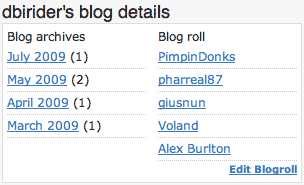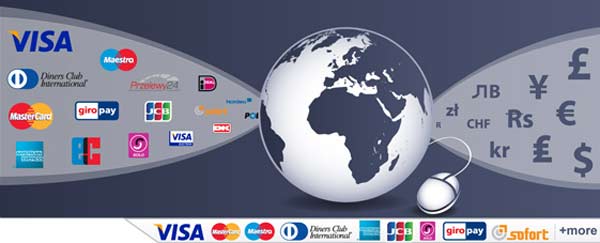Come join the first ever SharkScopers leaderboard challenge. We have tons of prizes up for grab for the top 10 finishers of both the US and the non-US leaderboards. The challenge for this leaderboard will be to win the most double or nothing sng’s in a row.
The prizes include (6) private coaching sessions with PimpinDonk (Mark Schmid), monthly and yearly subscriptions to SharkScope, SharkScopers credit bundles, and cash. In total we’ll be giving away more then $3,000 in cash and prizes between the US and non-US leaderboards.
PimpinDonks has coached several students, who have went on to become very profitable poker players. In his recent coaching group, his students have earned more then $31,000, not including rakeback. Here’s his description of how he coaches students online
“We then do 1 of 3 things. First, and most popular is to go over hand histories of sngs/mtts that the student has already played. I explain the hands I would have played differently and fix any mistakes I see right away. So they get leaks fixed after 1 session with this method. Second, we can go over hand histories of tournaments I have played and it tough spots I ask them what they would do and explain why I did the plays I did. Third, we can have a Q&A session. They prepare questions ahead of time or tough hands they played and I answer questions they have about any poker related topics. We can also discuss poker concepts or go over areas of the game they struggle with.”

 requested feature (by our member,
requested feature (by our member, 